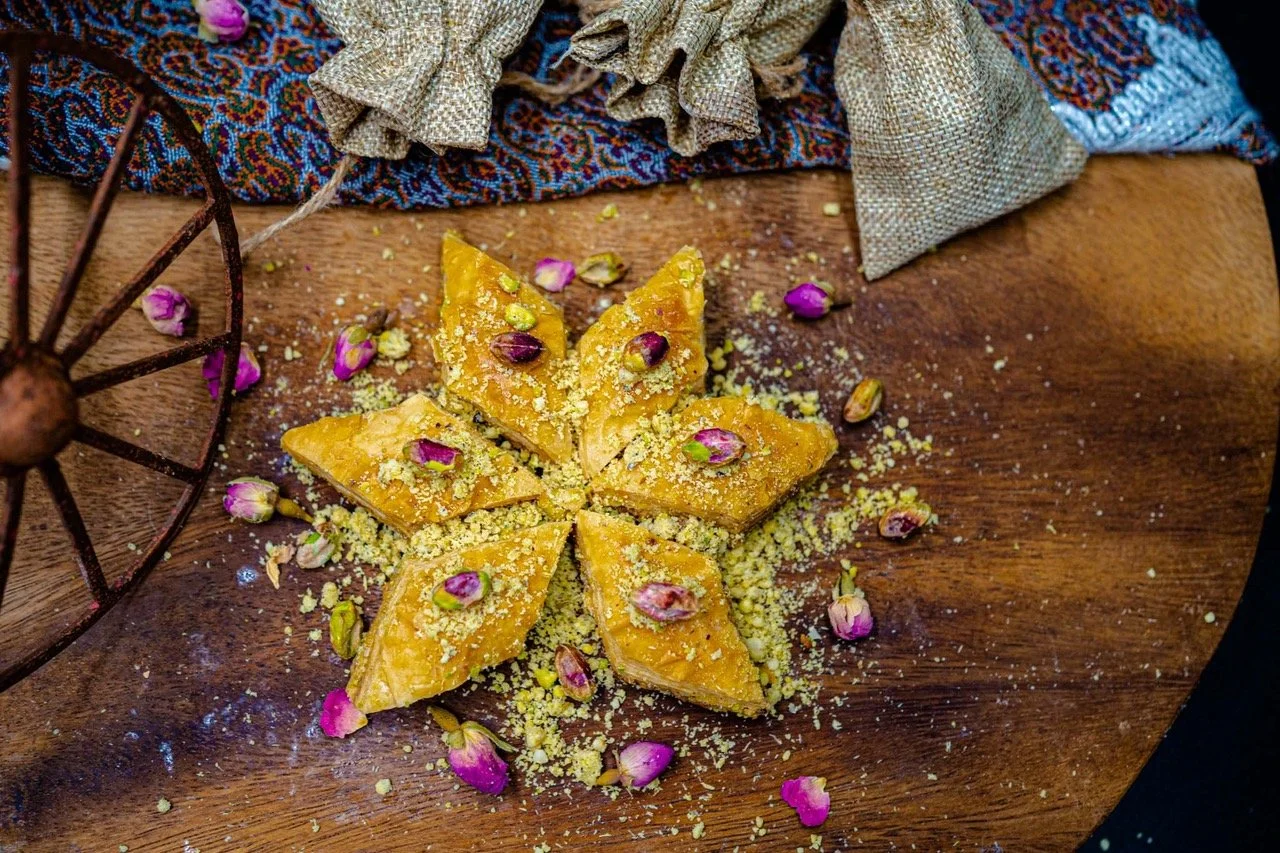Welcome to our November Newsletter!
We are very excited to be presenting over the weekend of November 15-17 an innovative program that looks at Eastern influences on the Occident in music, and how these influences helped infuse rich harmonies and special rhythms in the output of composers from the early Baroque era and beyond.
up next:
Composers of the Occident gladly soaked up the sounds of the near Orient, adding extra spice and depth of flavor to their musical concoctions. Our program looks at those Eastern traditions influencing a wide swathe of Europe in a potpourri of Baroque and 20th-century music. Works by Lully, Rameau, Ali Ufkî Bey, Biber, Bartók, Kodály & Vivaldi.
Friday, November 15 at 7pm - Brattleboro Music Center, Brattleboro (tickets at bmcvt.org)
Saturday, November 16 at 7pm - Friends Meeting House, Cambridge
Sunday, November 17 at 3:30pm - Follen Community Church, Lexington
Seeking Box Office volunteers:
We are seeking a few volunteers to help us sell tickets at the door of our Cambridge & Lexington concerts January 11 & 12, while our General Manager Sarah is away. Sarah can train volunteers at the upcoming November concerts, or at another convenient time before January. If you’re interested, please email her at sarah@sarasamusic.org.
Did you know?
The other ‘Sarasa' is a textile from India, which became extremely popular in Japan in the Edo period (1615-1868) as a material for obi and robe linings.
What’s in a name? The mystery behind ‘Grosso Mogul'
Der Staat des Grossen Mogul, c.1710; http://digital.slub-dresden.de/id338485732
Antonio Vivaldi's Violin Concerto in D major, RV 208 that the dynamic Elicia Silverstein will be performing with Sarasa is also known as the “Grosso Mogul,” an epithet that has no clear source. It may refer to the Mogul Empire in India, the grand Mogul himself or even the legendary diamond (the Great Mogul Diamond) discovered around 1650, and said to have been owned by the Mogul. Interestingly this enormous 787 1/2 carat diamond, “unparalleled in size and beauty,” was given to the Venetian lapidary Ortensio Borgio to cut the stone. Unfortunately he made a bad job of it, but the stone retained its glory. Later, the Great Mogul Diamond became part of the spoils of war when the Persian ruler Nadir Shah led a successful invasion of India, pillaging the city of Delhi. He returned with the famous stone in hand to his home in Isfahan in 1739. However, after he was assassinated in 1747, the stone disappeared; its exact whereabouts remains a mystery to this day!
As for Vivaldi’s exuberant violin concerto, the score survives in three manuscripts of which the Grosso Mogul title appears only on the Schwerin manuscript in Northern Germany, written sometime before 1717. According to the eminent Vivaldi scholar Michael Talbot, the nickname of the concerto could possibly be linked to Domenico Lalli’s Il gran Mogol opera libretto, a setting of which had been presented in Naples in 1713. Later settings of this libretto, reworked and adapted by Claudio Nicola Stampa, include Vivaldi’s opera, now under the title Argippo RV 697, which was staged in Vienna in 1730. Johann Sebastian Bach made a transcription of Vivaldi's ‘Grosso Mogul’ violin work in his Concerto in C major for organ, BWV 594 during his post as court composer in Weimar.
listening corner:
Frontispiece for Le Bourgeois gentilhomme by Molière. Gallica-BnF
Jean-Baptiste Lully’s Marche pour la cérémonie des turcs takes place in Act IV of the comédie-ballet, Le Bourgeois gentilhomme, presented to King Louis XIV in 1670. In order to win the hand of Mr. Jourdain’s daughter, the suitor Cléonte pretends to be the son of the Grand Turk and, through the consecration of marriage, he will be able to grant an aristocratic title to his would-be father-in-law. For the ever social-climbing Mr. Jourdain, he believes he has achieved the highest title of nobility. Thus, he gives his daughter's hand to a disguised and triumphant Cléonte. With pomp, Lully heightens the irony of this scene, using dotted rhythms to accentuate the sacred and majestic character of the march.
moving east to west: Latcho Drom
A wonderful movie by Tony Gatlif, Latcho Drom (1993) traces the rich culture of the Romani people through their music and dance, travelling from East to West. In this feature-length musical film, the trail starts in India, passing through Egypt, Turkey, Romania, Hungary, Slovakia, France, and finally to Spain. Here is an extract from an early scene from the movie, a celebration dance for the wedding of a young couple in Northern India. Incredible!
Head Gear: Examples of the turban in Western Art
The fashionable trend of les turqueries, that of imitating art and culture from the Ottoman Empire during the 16th-18th centuries in Western Europe, is everywhere apparent in these portraits by the likes of Cantofoli, Van Eyck & Rembrandt.
Portrait of Barbara Cenci, attr. Ginevra Cantofoli c.1600. Palazzo Barberini, Rome
Portrait of a Man (Man in a Turban), Jan Van Eyck, 1433. National Gallery, London
Man in a Blue Turban, Jan Van Eyck, c.1430-33. National Museum of Art of Romania
Man in a Turban, Rembrandt c.1632. Metropolitan Museum of Art
streaming now:
There’s still time to watch our opening program of the 2024-25 season, “The Silver Swan,” a beguiling program comprising of English wit and pastoral beauty, as well as the chance to hear a world premiere by Robert Merfeld!
Pumpkin Pie with a Mountain o' Whipped Cream, John Tebeau, 2009
















